In a groundbreaking fusion of art and space exploration, NASA's high-resolution imagery of Martian landscapes has been transformed into massive, awe-inspiring topographic sculptures. These colossal installations, meticulously crafted to mirror the Red Planet's surface, are captivating audiences worldwide, offering an unprecedented tactile experience of a world millions of miles away. The project bridges the gap between scientific discovery and artistic interpretation, allowing Earth-bound spectators to physically engage with the mysteries of Mars.
The sculptures, some spanning over 30 feet in length, are the result of painstaking collaboration between planetary geologists, digital artists, and master fabricators. Using data from NASA's Mars Reconnaissance Orbiter and Curiosity rover, teams have reconstructed iconic features like Olympus Mons, Valles Marineris, and Jezero Crater with staggering accuracy. The undulating contours of these sculptures reveal details as fine as individual boulders and sediment layers, translating raw scientific data into tangible form through advanced 3D modeling and large-scale CNC milling techniques.
What makes these installations particularly remarkable is their scale fidelity. While vertically exaggerated to enhance visual impact, the horizontal dimensions maintain true proportions based on orbital measurements. Visitors can literally trace the paths of ancient Martian riverbeds with their fingertips or gauge the staggering depth of impact craters by walking along their sculpted rims. This physical interaction creates profound moments of connection with our planetary neighbor, transforming abstract scientific concepts into visceral understanding.
The fabrication process itself represents a triumph of modern technology. Aluminum and aerospace-grade composites form the base structures, with surface textures achieved through a combination of robotic carving and hand-finishing. Specialized coatings recreate the distinctive reddish hue of iron oxide-rich regolith, while carefully positioned lighting mimics the stark shadows cast by Mars' thin atmosphere. Some installations even incorporate augmented reality elements, allowing viewers to overlay actual NASA photographs or atmospheric data onto the physical sculptures through smartphone apps.
Beyond their aesthetic value, these Martian terrain sculptures serve important educational purposes. Science museums housing the installations report significant increases in planetary science engagement, particularly among student groups. The tactile nature of the exhibits proves especially valuable for visually impaired visitors, providing equitable access to space exploration discoveries. Researchers have observed that the sculptures help overcome the "distance barrier" many people feel toward interplanetary science by making Mars physically present in exhibition spaces.
Art critics have praised the project for its innovative approach to contemporary landscape art. Unlike traditional Earth-based landforms, these extraterrestrial sculptures challenge viewers to reconsider familiar artistic conventions of terrain and topography. The stark, alien beauty of Martian geology - with its collapsed lava tubes, wind-sculpted yardangs, and sprawling dune fields - introduces entirely new visual vocabularies to the art world. Some installations deliberately present unfinished sections, revealing the underlying digital mesh or raw material to highlight the intersection of technology and artistry.
The psychological impact on viewers has been profound. Many report experiencing what psychologists term the "Overview Effect" - typically reserved for astronauts - when confronted with these massive representations of another world. Standing before a towering rendition of the Martian north polar ice cap or running hands across the textured slopes of a volcano three times Everest's height triggers existential reflections about humanity's place in the cosmos. This emotional response has become a key focus of visitor studies at exhibiting institutions.
Looking ahead, the project team plans to incorporate real-time updates as new Mars data arrives from ongoing missions. Future sculptures may include dynamic elements that change to reflect seasonal variations in polar ice or dust storm patterns. There's even discussion of creating full-scale replicas of entire Martian regions, potentially covering acres of exhibition space. As interplanetary exploration advances, these artistic interpretations promise to keep pace, continually reshaping how Earthlings perceive and connect with our most intriguing planetary neighbor.
From scientific visualization tool to artistic masterpiece to educational catalyst, these Martian terrain sculptures represent a new paradigm in public engagement with space science. They transform pixels from distant orbiters into physical reality, allowing us to touch what we can only dream of visiting. In doing so, they fulfill both NASA's mandate to share its discoveries with the public and artists' eternal quest to interpret the sublime - proving that sometimes, the most powerful understanding comes not just through lenses or equations, but through the human hand and heart.
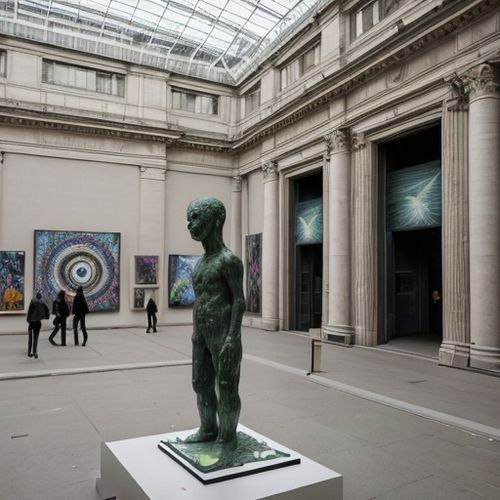
By Jessica Lee/Apr 12, 2025
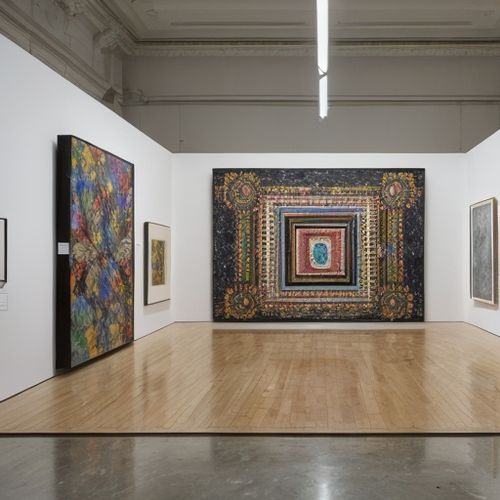
By Daniel Scott/Apr 12, 2025
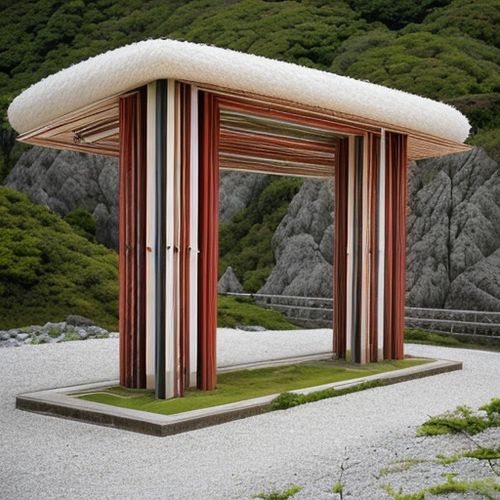
By Megan Clark/Apr 12, 2025
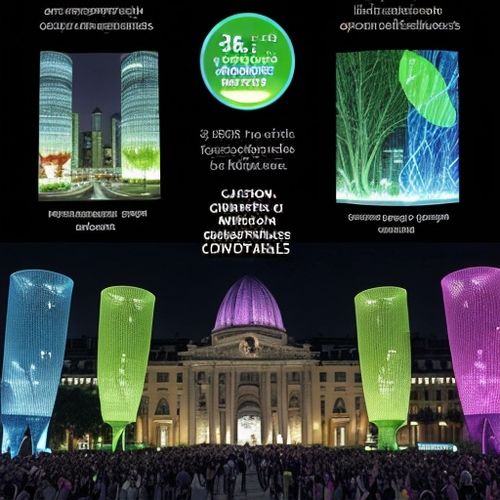
By Elizabeth Taylor/Apr 12, 2025
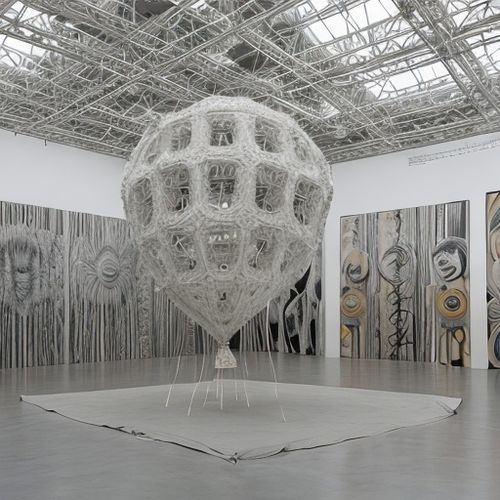
By James Moore/Apr 12, 2025
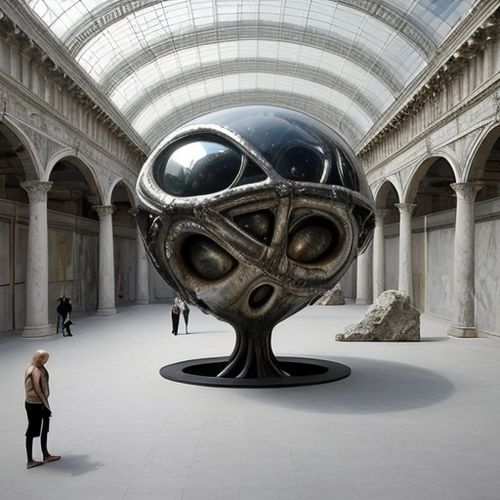
By Natalie Campbell/Apr 12, 2025

By Grace Cox/Apr 12, 2025

By David Anderson/Apr 12, 2025
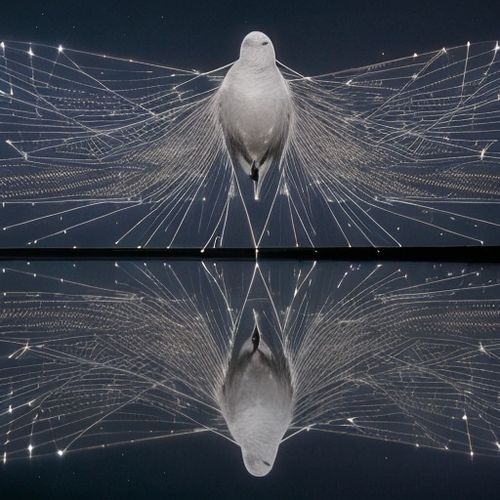
By Emma Thompson/Apr 12, 2025
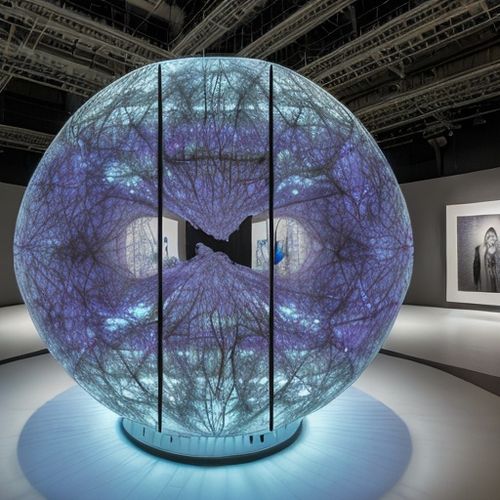
By Jessica Lee/Apr 12, 2025

By Thomas Roberts/Apr 12, 2025
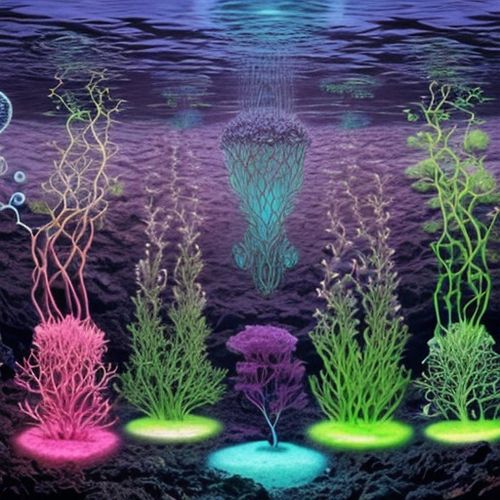
By Noah Bell/Apr 12, 2025
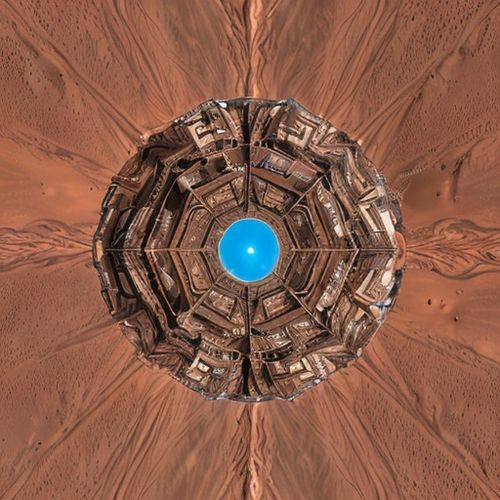
By David Anderson/Apr 12, 2025
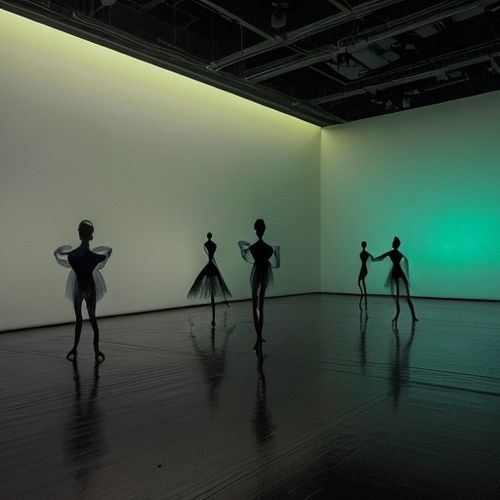
By Victoria Gonzalez/Apr 12, 2025
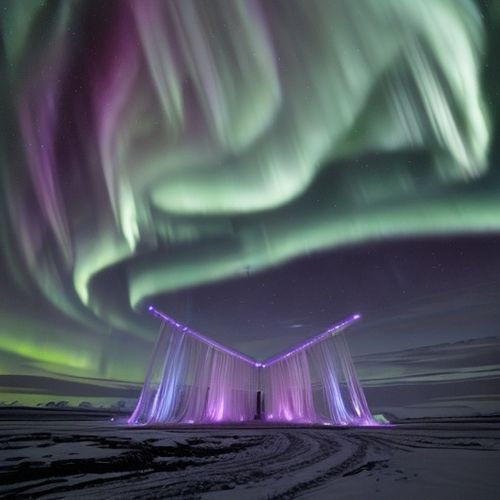
By Sarah Davis/Apr 12, 2025
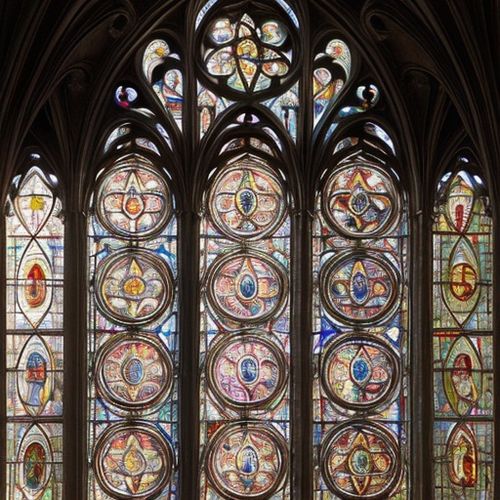
By Rebecca Stewart/Apr 12, 2025
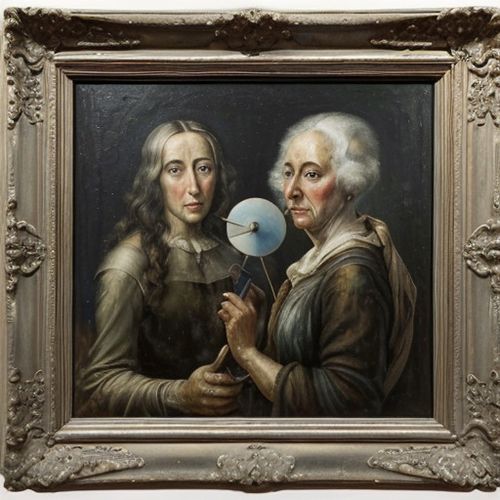
By James Moore/Apr 12, 2025
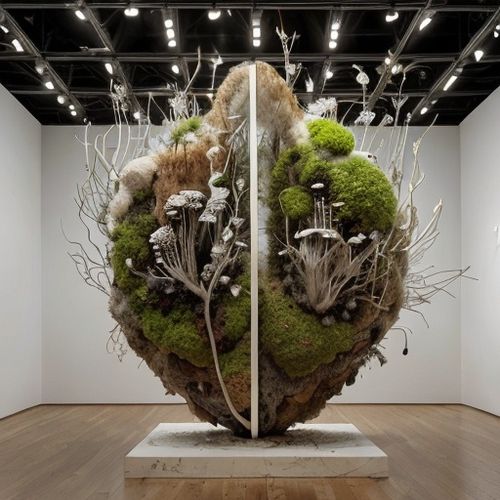
By Thomas Roberts/Apr 12, 2025
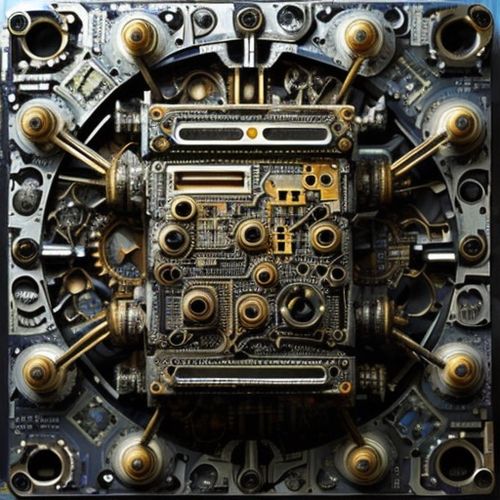
By Lily Simpson/Apr 12, 2025